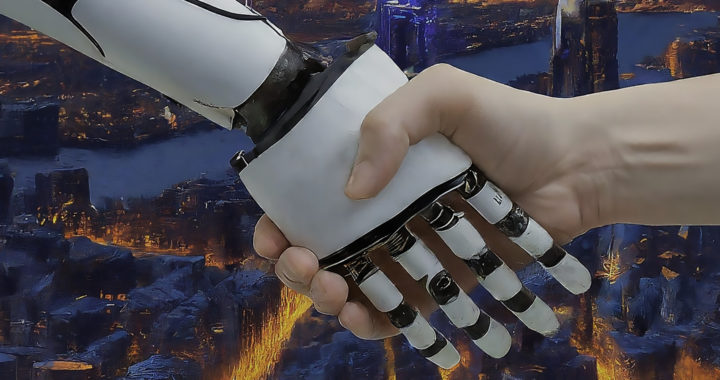The modern revolution in the field of artificial intelligence has heightened further the need to develop and implement both the principles of and practices in AI Safety and AI Ethics. Organizations involved in developing artificial intelligence systems or specific algorithms and models have created units or departments as part of their AI strategies and to ensure that the products they have created are both safe and ethical. These efforts are also part of the overall goal of artificial intelligence alignment and reaching more advanced systems such as artificial general intelligence. However, while the safeness and ethical soundness of AI are related and have some overlaps, the two are different. This article discusses the difference between AI Safety and AI Ethics.
Explaining and Understanding the Difference Between AI Safety and AI Ethics
1. Definitional Scope
AI Safety is focused on ensuring that AI systems operate as intended and do not cause harm. The main goal is to prevent unintended and harmful consequences. AI Ethics is focused on the applications of moral principles and established societal values in shaping the development of AI and how specific AI systems are used and shared. These two are essential in building and maintaining trust and acceptance in the entire field of artificial intelligence and the products and applications emerging from developments in the field.
2. Specific Concerns
It is also important to highlight the fact that the two also have different concerns. AI Safety is concerned with security vulnerabilities, risk of exploitation, unexpected behavior or outcome, and potential to pose an existential threat. AI Ethics is concerned with transparency in development, accountability among developers and users, fairness in behavior or outcome, and the potential for exacerbating social inequalities or established social biases. It is still interesting to note that both have several overlaps and work together in aligning artificial intelligence.
3. Importance
Both are important. The two are essential in addressing the need for responsible AI development. However, because of their different scope, another difference between AI Safety and AI Ethics is their specific importance. The former is important from a long-term and existential standpoint. It ensures that AI is aligned with the long-term benefits and survival of humankind. The latter is important from an immediate and societal standpoint because it ensures that AI is aligned with existing and established moral principles and societal values.
4. Specific Approaches
Another difference between AI Safety and AI Ethics is their respective approaches. The former involves the use of technological solutions like quality control through testing, consistent monitoring through maintenance, and reworking through updates and upgrades. It follows the principles of software and hardware development life cycle. The latter involves the development and implementation of ethical guidelines for the development and use of AI systems, and aligning the entire field of AI with both moral principles and legal standards.
5. Involved People
Remember that organizations involved in the development of AI systems have created teams and departments tasked to ensure that their endeavors and products are both safe and ethical. The implementation of AI Safety involves researchers and engineers from the field of computer science with backgrounds in computer programming, software engineering, hardware design, data science, and project or program management. The implementation of AI Ethics involves ethicists, legal scholars, policymakers, social scientists, and stakeholders.
Reiterating the Difference Between AI Safety and AI Ethics in Nutshell
There is no AI Safety vs AI Ethics debate. The two have become increasingly and equally important as the field of AI develops rapidly and its applications become more accessible to the public. Ensuring that AI is safe means that AI systems are useful and do not cause harm. Ensuring that AI is ethical means that the development and use of AI systems are supported by moral principles and societal norms. These two complement one another and are indispensable in stirring responsible AI development.
It is worth noting that focusing solely on safety minus the ethical dimension could lead to the development of a robust and technically superior AI system that is still harmful either at the individual or societal levels. Focusing solely on ethics without taking into consideration the need to ensure safety is inadequate because ethical guidelines alone are not enough to address risks from technical glitches or poor quality, potential for existential risks, and even to shield organizations or researchers from legal consequences.
